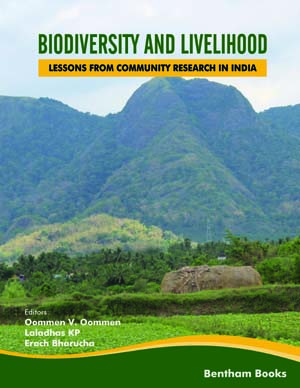Abstract
Mangrove ecosystem is one of the most productive coastal ecosystems providing multiple benefits to the coastal community. Mangrove forests provide more than 70 direct benefits ranging from fuel wood to fisheries resources to the coastal community. Mangrove wetlands act as spawning and nursery ground for various marine fishes, shellfishes and crustaceans with due presence of detritus. The high organic matter in the mangrove ecosystem enhances the fishery production. Since, mangrove wetlands provide livelihood to the coastal fishermen living near the mangrove wetland, the study was carried out in the Godavari mangrove wetland. The total landing from the five fish landing centres in the Godavari mangrove wetland showed that about 1,550.8 tonnes of total fishery resources were caught by 45,075 motorized and 16,572 non-motorized boats during the study period between February and December 2012. The average catch by the motorized and non-motorized boat catch per day was 23.84 kg and 20.61 kg respectively. In the group wise fishes, the fin fish catch was high while in the species wise catch, shrimps dominated the catch with a total of 195 tonnes, accounting for 13% of the total catch, followed by Mullets (11%), Crabs (10%) and molluscan shells (9%). The fish catch during summer was generally low and higher in pre-monsoon season (June).
Keywords: Finfish, Fishery resources, Livelihood, Mangrove ecosystem, Motorised boats, Non-motorised boats, Shrimp.






















